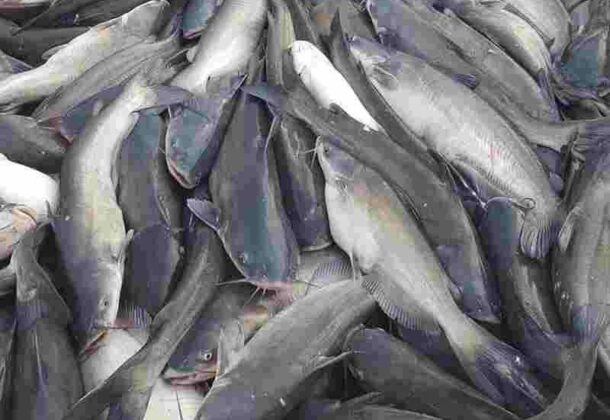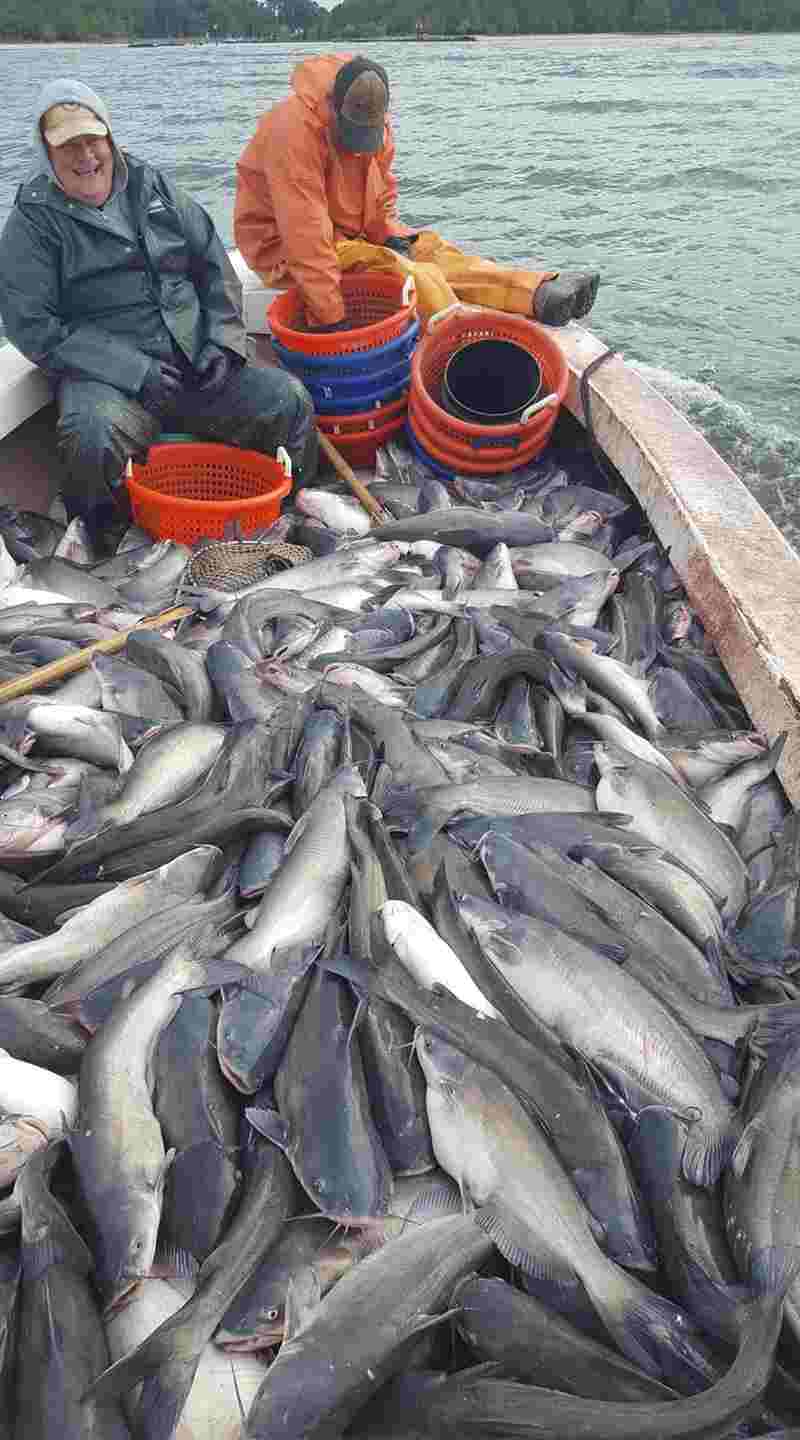Catfish Still Problem in Chesapeake

Message from the Cap’n is a compilation of fishing advice, waterman and weather insights, Chesapeake lore, and ordinary malarkey from the folks who keep their feet wet in the Potomac and St. Mary’s rivers.
Wet, Wet, Wet times brought catfish downriver with the lower salinity to the point that they have become a dominant species.
Catfish dominance became obvious in 2018, still the wettest year on record for the Chesapeake Bay watershed, its impacts still affecting the rivers today. And that trend looks likely to continue, with 2022 the third wettest year on record in Maryland.
NOAA’s report from 2000 to 2020 shows a 2.63 inch-per-decade precipitation increase in Maryland. The report also found the Northeast Atlantic region saw 100 to 150 percent more flood days in 2020 than in 2000. According to Capital News Service, the Maryland Sea Grant College at the University of Maryland, in a 2013 report, projected sea level in the Chesapeake Bay to rise up to 2.1 feet by 2050.
And what that wet, wet 2018 did and continues to do, is result in a fall bumper crop of catfish caught in the lower Potomac and St. Mary’s rivers. Harken back to 2019, and pound netters had good catches during this period.
Harken back to 2019, and pound netters had good catches during this period.
It remains to be seen in the coming years, but as of fall 2022, catfish were still one of the main products caught from Piney Point, the mouth of the St. Mary’s, Smith’s Creek, and the lower bay shore at Scotland, MD.
Now, in early 2023, the Interpretive Buoy System has salinity increased to about 16 PSU. This range will have a tendency to keep them upstream as they prefer fresher water.
Catfish even wreck havoc to some crab pots. Some of the catfish that jammed themselves into crab pots and were so big that they could not be turned loose unless the pot was destroyed. Up until several years it was practically unheard of to catch a catfish in a crab pot below Piney Point Hollow.
On a positive note, recreational fishermen have had several great summers catching catfish hook and line.
The department asks anglers to remove and kill any blue and flathead catfish they catch.
- Catch and release of these fish is discouraged, as they are invasive top predators and pose a serious long-term threat to our native species.
- In Maryland, it is illegal to transport live blue and flathead catfish into another body of water, anyone in violation of this can be fined up to $2,500.
- To report illegal transport or unauthorized introductions of invasive species please contact the Natural Resources Police at 800-628-9944.
- Report Catching a Blue Catfish or a Flathead Catfish using Maryland’s Invasive Species Tracker.
Till next time, remember “It’s Our Bay, Let’s Pass It On.”
To learn about tours and trips into the Chesapeake, keep in touch with Fins + Claws on Facebook . Catch up on Messages from the Cap’n Member Page. Please visit Cap’n Jack’s lore and share with your social media sites. Or reach him at [email protected] or 240-434-1385.
























